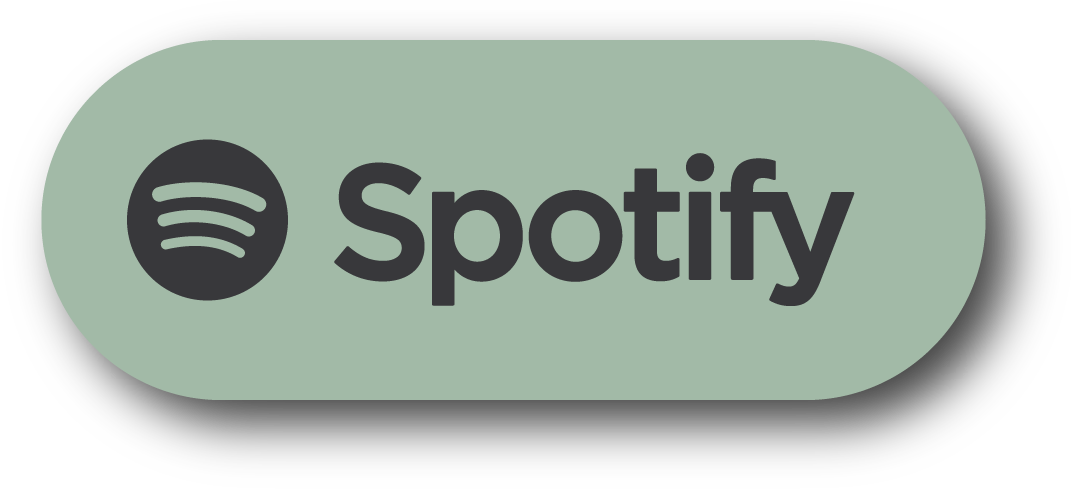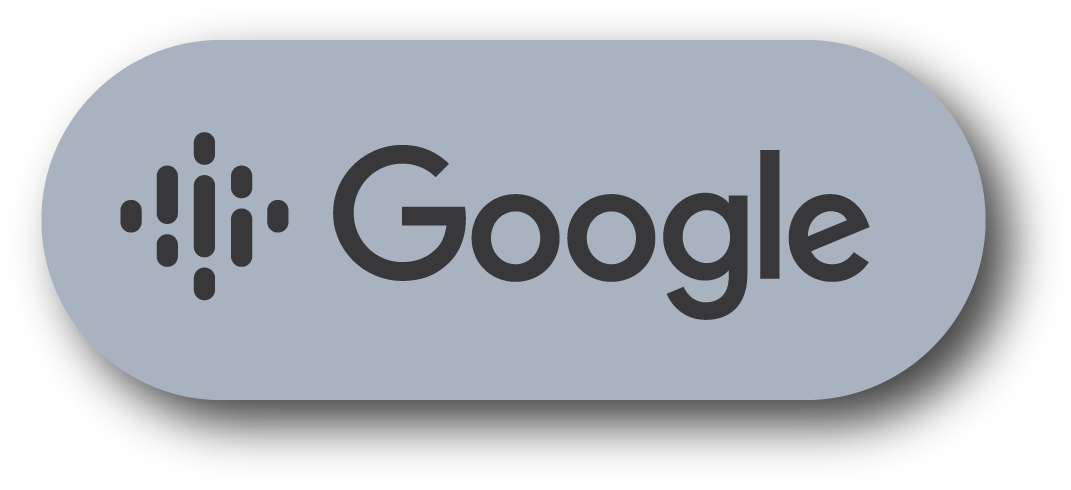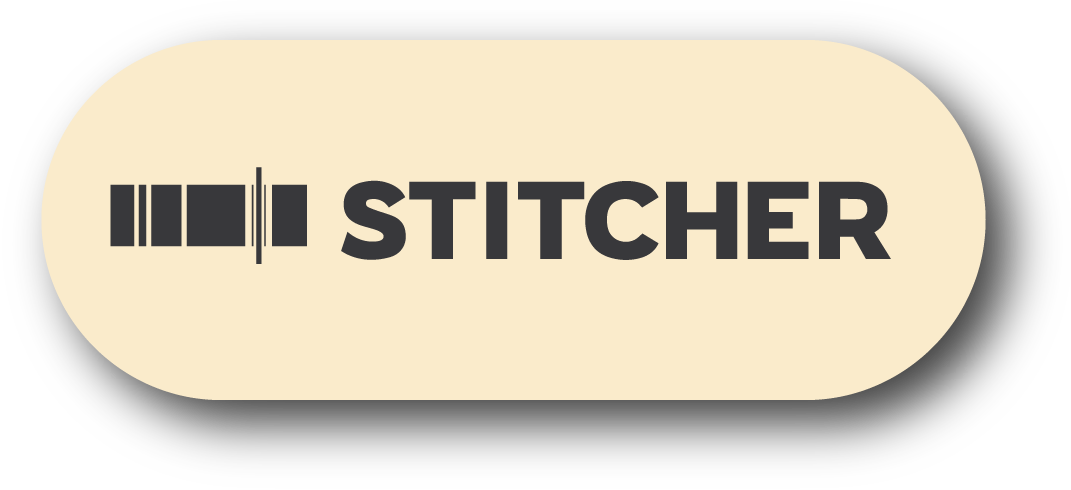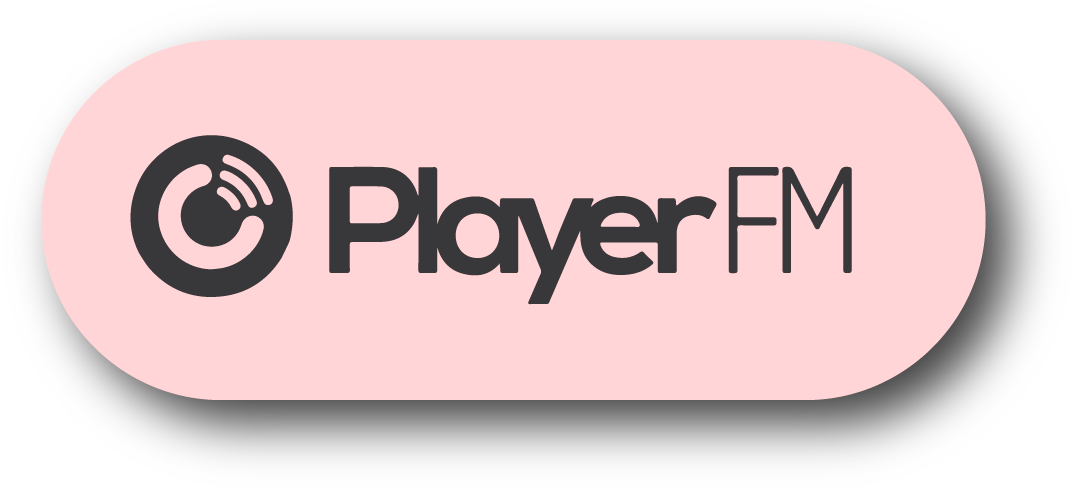#056 - DONG-PING WONG, Architect and Founder of FOOD and +POOL
SUMMARY
This week David and Marina sit down with architect Dong-Ping Wong, Founding Partner of FOOD. The three discuss architecture design process, running a firm, +POOL (the world's first water-filtering floating pool), design education, rendering styles and much more! Dong-Ping Wong has worked with notable people such as Kanye West, MoMA, Virgil Abloh and more. Enjoy!
TIMESTAMPS
(05:45) DPW on the growth and structure of FOOD.
“Down the road, I like a model where a third to maybe even half of the firm is not just designers. Not only the running the business part, but also the strategy part, the communications part: How do you get your work out in the world so more people can understand it and relate to it?” (16:03)
(17:49) Communicating Architecture to non-Architects and the ‘black tie persona’ of Architects.
“I don't know if we feel like a normal architecture office and I think it comes down to the personalities in the office, but also what our priorities are and how we even approach products and how we talk to people that we work with. [. . .] We privilege the initial conception part of the phases a lot because it takes us a while to understand the person on the other side of the table, or the site, or the context; instead of kind of running through the tactics that we know.” (18:34)
“In a way, it's like we'd rather be thought of [. . . ] like a friend that happens to have an expertise in architecture as opposed to a professional architecture firm that is a very distinct service that you hired to perform a job for you.” (21:57)
(28:29) Architectural education, design process and obtuse thinking.
“You end up learning how to be very like obtuse with your thinking in a way that maintains a kind of superiority [. . .] It would sound incredibly impressive and incredibly progressive when they would describe what it was that they were trying to do. And then as you did it yourself, you realized, technically it is slightly different, but actually theoretically or even practically, it's really nothing that new. And actually if anything, it's not even that interesting. But it is wrapped in new rhetoric. And I do think that that is a method, conscious or not, of maintaining a kind of elite and desirability that I feel like a lot of architects fall into because either they're not comfortable just being normal people or whatever it might be.” (28:45)
“[In architecture school] you very rarely stated what you wanted to achieve and then tried to achieve it. You sort of went through a series of exercises or processes and discoveries. My assumption is it's a way to not rely on your own biases and try to learn things that aren't inherently there. But what I always find very difficult is, as much as I respect that as a kind of academic exercise, it's very weird to say that the end goal—literally the thing you built for people to use—is not the interesting part or is not what you should be talking about.” (38:40)
(52:41) Ensuring a collaborative design process.
“I've told a number of interns, “This is your job: to make the senior guy look bad. Your job is actually to bring ideas to the table that he's too comfortable to come up with. [. . .] You’re brought in as the younger person because of your energy and you like weird ideas. So make them look bad!” (55:36)
“Maybe three weeks ago, one of our most senior people, came up with a totally different idea than what we were studying. It was clearly not something that I was thinking about and it ended up being the best option by far. And that's what we're doing now. I was so happy that there was still the capacity in the office for her to put something on the table and not worry that it was not going to be my idea.” (56:50)
(01:02:06) Working at other offices and REX.
“I worked for another firm [not REX] where we would work so hard on an idea and then the partner would come in and just take a piece of trace out, literally just draw shape and be like, “Let's just do that.” And you're like, “Where the shit did that come from?”” (01:03:17)
(01:09:39) How his first office, Family, was started.
(01:18:59) Starting +POOL and working without a client.
“We accidentally inverted it, where we put a design out first. [. . .] We got press support and then we built an engineering team around the idea, as opposed to having an engineer coming up with an idea with the engineering team. Even the site selection: we were looking at sites that worked for what we'd already designed as opposed to designing specifically to that site. The funding mechanism was based on what we had designed, not, “We have an x-amount of money, what do we design with that money?” And what's great is we've been completely able to hold on to the ideals of the project.” (01:28:09)
(01:33:38) Architectural representations, diagrams and renderings.
“A lot of times we'll try to do renderings where it's not even necessarily about the project. [. . .] The project is in the background and [the rendering] is really more about what the project producing in terms of the activity or community in front of it. I find those much more fascinating than showing, “This [what the project looks like] if it's in the best light and everything’s shiny.”” (01:36:48)
(01:49:15) Dong’s favorite buildings!










